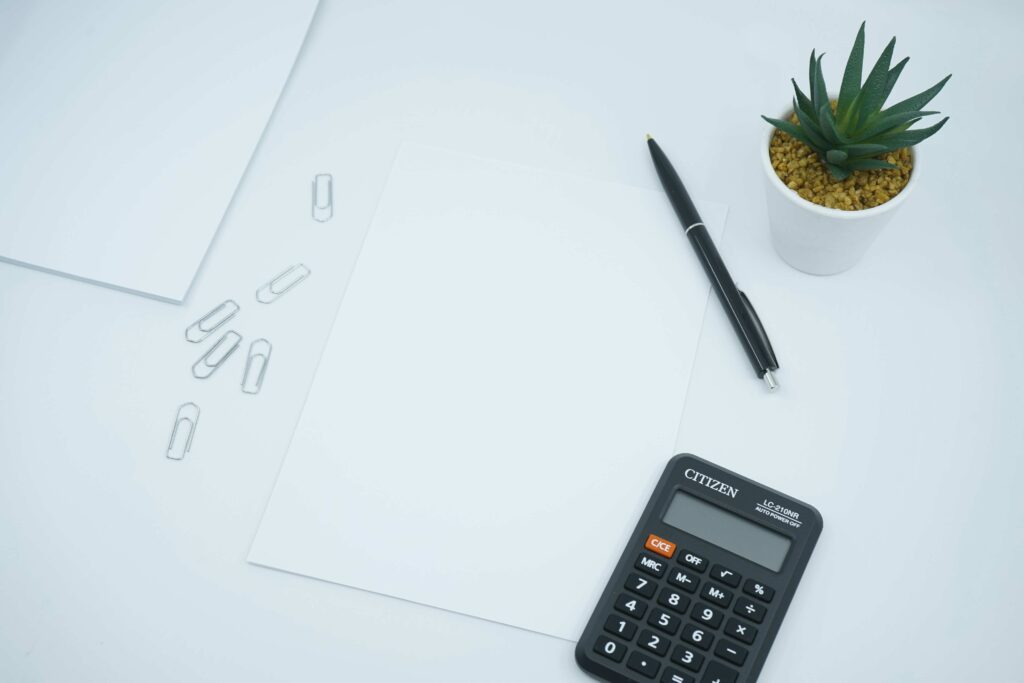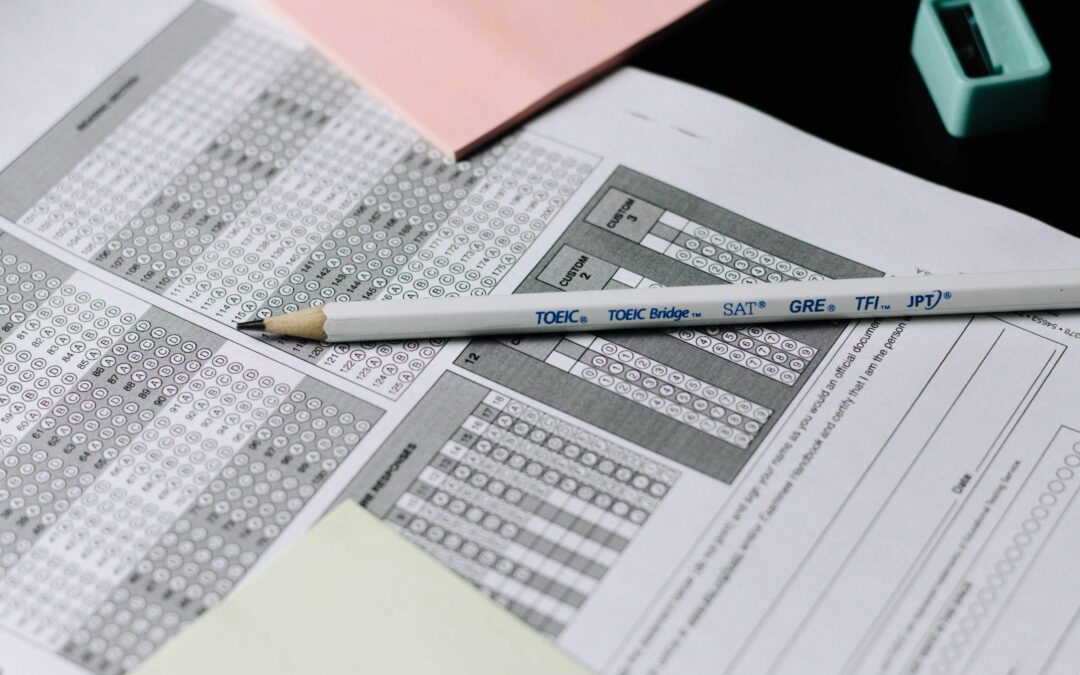The SAT Math section is a part of the SAT, which is a standardized test used for college admissions in the United States. The section is one of the two main sections of the SAT, the other being the Evidence-Based Reading and Writing section. The Math section aims to measure a student’s ability to reason mathematically, use problem-solving strategies, and interpret data.
The Math section on the SAT is split into two sections: Non-calculator and Calculator. With 20 questions on the Non-calculator section and 38 questions on the Calculator section, the Math section has a total of 58 multiple-choice questions. Students are given 80 minutes to complete the section. The topics covered in the section include algebra, geometry, trigonometry, and basic statistics.
Since the SAT Math section is worth half of your total score, it is important to make sure you earn as many points as possible on this section. By following these tips, your score is sure to improve.
How to Study for the SAT Math Section
Learn the concepts thoroughly
Make sure to understand the concepts behind each question. Focus on understanding the formulas, rules, and properties related to each topic.
Practice regularly
Practice is key to mastering SAT Math. Start by practicing with the official SAT practice tests and then move on to other resources such as SAT Math prep books, online practice tests, and worksheets. You can also start with The SAT Crash Course’s practice test that will help students understand the test format better as well as their current level.
Analyze your mistakes
After each practice test, review your mistakes to identify your weak areas. Work on improving those areas by practicing similar problems.
General Tips on Taking the Exam
Take advantage of the multiple choice section (plug in the values)
Luckily for all you test takers out there, with the exception of 4 free response questions on each section, the Math section is multiple choice. Time is of the essence, especially on the math section, so it is vital that you take advantage of the multiple choice format if you are stuck on a question. Plug in the given values and see which one yields the correct answer, and voila! You have your answer.
Work with small numbers
Do yourself a favor and always use numbers that are easy to work with, like 1, 10 or 100. Especially on the Non-calculator section, you will thank yourself for using numbers that aren’t too tricky when performing math operations.
Guess and check
The “Guess and check” method is your best friend! When in doubt, don’t hesitate and begin plugging in numbers. Start with a large number like 100, then a small number like 1, and work from there.
Start with the letter “C”
On the Math section, the answer choices are typically in order from least to greatest. By starting with the “C” option, you will begin with the number of medium value. From there, you will be able to determine if you need a value that is much smaller or larger, or maybe if you’re lucky, you’ll get the right answer on your first try!
Tips by Sections
Non-calculator
If it’s taking too long, you’re probably wrong
The Non-calculator section, and most of the Math section as a whole, is not filled with problems intended to trick you. These problems are meant to see how accurately you can answer them in a short amount of time. Thus, if a problem is taking you more than 2 minutes (more like 1 minute and 30 seconds), you should reassess your method as you are most likely doing something wrong. The best thing to do if you find yourself in this situation is to skip the problem and come back at the end with a fresh pair of eyes.
Estimate
On free response questions, you may find yourself stuck and unsure of where to start. Always begin by estimating, using numbers that lend themselves to multiplication, division, and more. Don’t make things harder for yourself by using difficult numbers!
Memorize your multiplication tables + mental math
It’s always a good idea to practice your multiplication and basic division skills in order to save as much time as possible. Whether it’s simple math tricks like multiplying each base 10 value individually and then adding, or whatever fits your learning, make sure that the basic math properties don’t trip you up.
Calculator
Prioritize the easy questions
Again, the SAT math section is all about testing your ability to accurately answer questions quickly. Each question is worth the same amount of points, so it’s in your best interest to make sure you get all of the questions you are confident on right and leave the tricky questions for last (because you can always guess). If you have time at the end of the test, make sure to check your work, so you earn as many points as you can.
Familiarize yourself with your calculator
There’s nothing worse than showing up to your testing location on test day, looking at your calculator as if it were some foreign object. You want to be familiar with the functions on your calculator, especially the graph and tables, so that when questions involving graphs appear, you can easily use them. You may consider programming certain functions like standard deviation or the quadratic formula into your calculator ahead of time.

Learn to convert decimals to fractions and vice versa
Occasionally, there are questions on the SAT that require you to input an answer in a certain form, whether it be decimal form or fraction form. Thus, it is to your advantage that you learn how to easily convert your answers into the necessary forms, as even if you get the correct value, if it is not in the desired format, you will not earn the points.
Final Note
The most important of all the tips listed here : get help when needed! If you have problems with a particular topic or concept, don’t hesitate to seek help from a teacher or tutor. They can help you go over your problems much faster than when you are struggling on your own.
Although many students think the SAT Math Section is the hardest section on the SAT, it is arguably the easiest to raise your score on. Once you familiarize yourself with the types of questions that appear, as well as the skills they are testing, you will be able to answer the vast majority of the questions with no problem. Make sure to practice, practice, practice, as math on the SAT requires you to move at a quick pace and practicing will only help you with your speed. You can review each topic of the Math section and solve related practice questions with our SAT Prep Courses. The course is renewed for digital SAT with updated lessons and questions. Join the course now!

